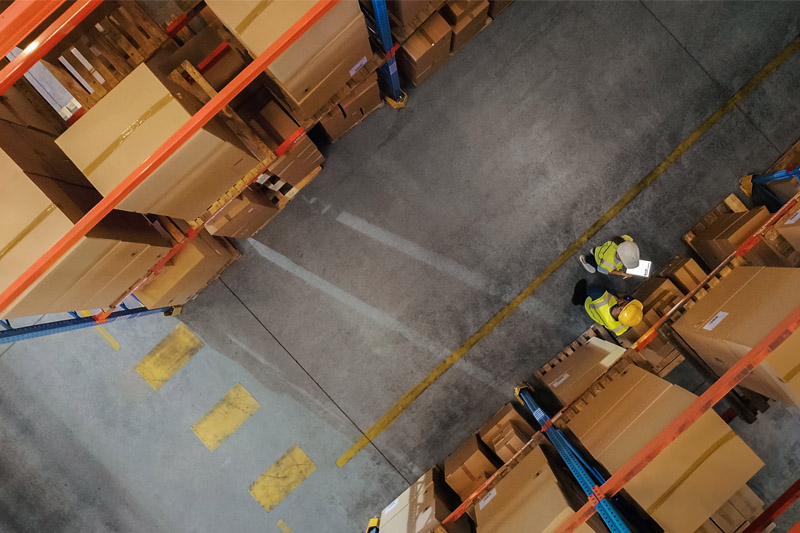By Mike Regan, Co-Founder · July 21, 2022
Originally published in Logistics Management
For the past nine months, I have been doing a lot of webcasts and presentations talking to C-Level executives about their supply chain issues. When I highlight the fact that, for most companies, their supply chain activities consume anywhere from 12%-to-20% of their sales dollar, many executives are surprised. They have never viewed their supply chain as representing that large a portion of their company’s sales.
As part of my presentations, I ask the audience to stand up—or if done virtually, raise their hand—if their supply chain is critically important to the success of their company. Every single CEO stands up, raises their hand, and asserts that their supply chain is important.
Then I ask everyone to rate their supply chain on a five-point scale with five being an excellent supply chain, and a one being a “third world” or very weak supply chain. A three would represent an average supply chain. When I ask the audience to remain standing or keep their hands raised if their supply chains are a three or higher, fewer than 15% do so.
Think about that! Only 85% have even average supply chains!
Mediocre supply chains can cause operational and financial challenges, as companies deal with allocations of critical supplies or managing skyrocketing freight and accessorial charges.
Several companies are now asking these types of questions:
“What’s wrong with our supply chain?”
“How do we fix our supply chain issues?”
“Do we have the right people?”
But a company should first ask, “Are we managing our supply chain/transportation activities in a transactional or strategic manner?”
What’s the difference between transactional and strategic?
Transactional supply chains tend to be:
- “Living in the firefighting moment,” because they perceive their supply chains are too chaotic;
- Focused on the cost side of the equation; and
- Unaware of how their suppliers’ and customers’ patterns impact their business
Strategic supply chains:
- Look at things holistically;
- Focus on how their customers’ and suppliers’ patterns and requirements impact their supply chain activities; and
- Operate with a proactive fire-prevention (versus fire-fighting) mode and constantly evaluate their processes and practices in response to changing market conditions
When C-Level executives tell me they are acting strategically, I respond directly: “Don’t tell me; show me!” Companies that are truly strategic about managing their supply chain activities can answer, “Yes” when I ask them if they have:
- A written strategic supply chain and/or transportation management plan that defines how supply chain activities are managed and quantifies the investments that must be made to address their supply chain requirements;
- Written goals and objectives for their supply chain and freight activities; and
- Written supply chain or transportation Key Performance Indicators (KPI) that get reviewed on a monthly or quarterly basis with other C-Suite executives
How would you and your company answer these questions? If the answer to all of the above is “No,” then you can either fix the issues or accept the fact that your supply chain will continue to have problems.
And that is why I conclude my message with the following points:
- First, your supply chain issues will not magically disappear. In fact, a “business as usual“ mindset will only make your supply chain problems worse;
- Second, C-Level executives get the supply chains they are willing to live with. If your supply chain is mediocre, it is because you are willing to accept that. Companies with outstanding supply chains are willing to accept nothing less;
- Third, C-Level executives cannot delegate responsibility for building a great supply chain, since they need to have input as crucial decisions which impact procurement, operations, and sales activities are being made; and
- Finally your company’s supply chain will change when you decide to change how you view your supply chain. Does your company have an “outcome” mindset that defines expectations and objectives for their supply chain teams?
Last year when I served as a panelist at a global supply chain conference for C-Level executives, the moderator had us address this statement: “Companies don’t compete, supply chains compete.” A fellow panelist noted that with the extreme volatility in the transportation marketplace, your supply chain can be an asset or liability that can either help you beat your competitors or cause you to be beaten by those who have superior supply chains.
So don’t tell me how you hope your supply chain will magically get better. Show me that your company is committed to building a great supply chain.

